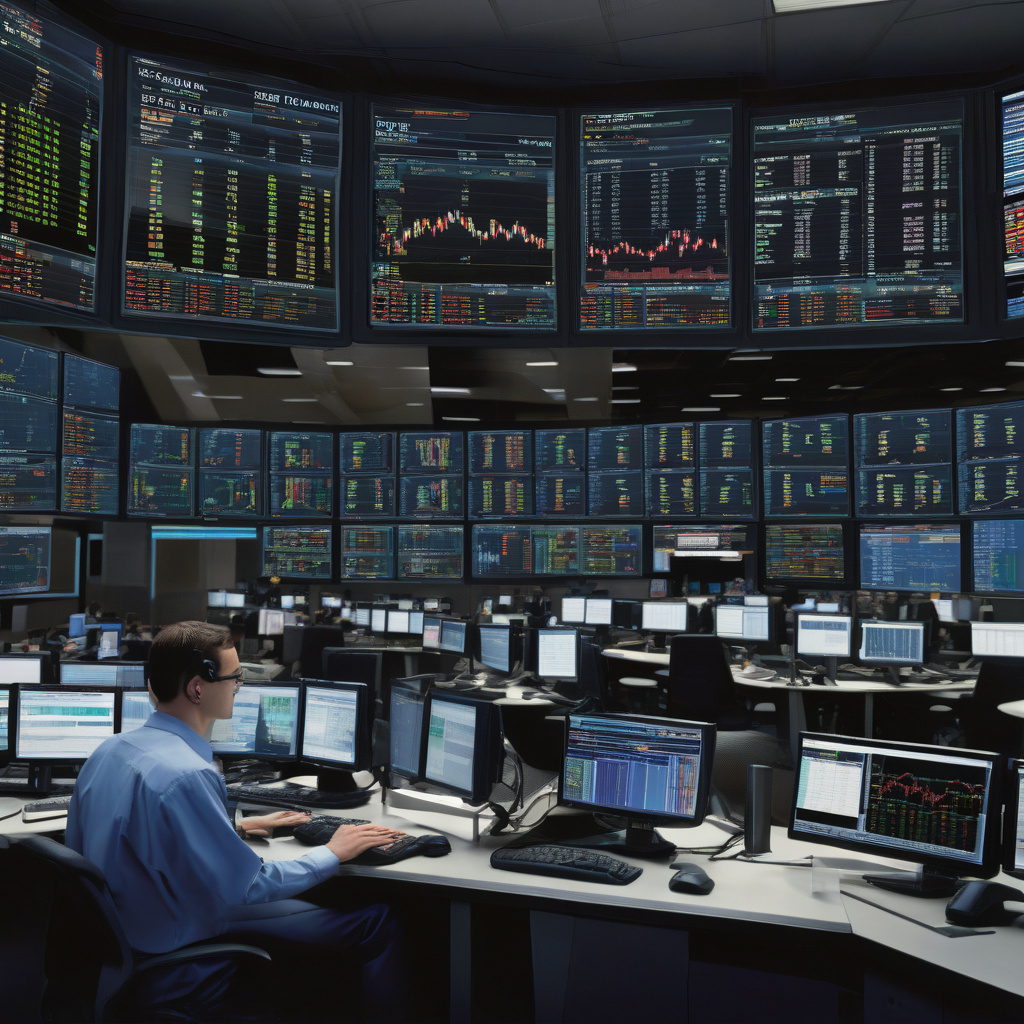Unlocking Precision: Understanding Limit Orders in Trading
In the fast-paced world of trading, precision and control are paramount. This is where limit orders come into play, empowering traders to dictate the terms of their market entry with meticulous specificity. Unlike market orders that execute at the current market price, limit orders allow traders to set a predefined price at which they are willing to buy or sell an asset.
How Do Limit Orders Work?
Imagine you want to buy a particular stock, but only at a price that meets your criteria. By placing a buy limit order slightly below the current market price, you ensure that your purchase will only be triggered when the stock reaches that specific price point or lower. This level of control shields you from unexpected price fluctuations and ensures that you enter the market on your terms.
Similarly, for selling assets, a sell limit order can be set above the current market price. This means that your asset will only be sold when the market price rises to your predetermined level. By utilizing limit orders, traders can avoid the need to constantly monitor the market and make split-second decisions.
Technical Perspective of Limit Orders
From a technical standpoint, limit orders are executed based on predefined conditions programmed into trading platforms. These platforms use algorithms to match buy and sell orders, ensuring that transactions occur seamlessly when the specified price level is reached.
For example, in an automated trading system, a trader can input a limit order with parameters such as the asset to be traded, the quantity, and the target price. Once the market price aligns with the set limit, the order is automatically triggered, streamlining the trading process and minimizing manual intervention.
Benefits of Using Limit Orders
The advantages of utilizing limit orders are multifaceted. Firstly, they provide traders with a high degree of control over their trades, enabling them to set precise entry and exit points. This level of precision helps in managing risk and maximizing profit potential.
Secondly, limit orders can be particularly beneficial in volatile market conditions. By setting clear price levels for buying or selling, traders can avoid emotional decision-making and stick to their predetermined strategies.
Moreover, limit orders contribute to increased efficiency in trading operations. By automating the execution process based on predefined criteria, traders can eliminate the need for constant monitoring, allowing them to focus on strategic analysis and decision-making.
In conclusion, limit orders represent a powerful tool for traders seeking to enhance their precision and control in the market. By leveraging these orders effectively, traders can navigate the complexities of trading with confidence, knowing that their transactions are executed based on their carefully crafted strategies.
At the same time, it’s crucial for traders to stay informed about market trends and continuously refine their trading strategies to optimize the use of limit orders in achieving their financial goals. By combining technical expertise with strategic insights, traders can harness the full potential of limit orders to unlock new opportunities in the ever-evolving world of trading.

